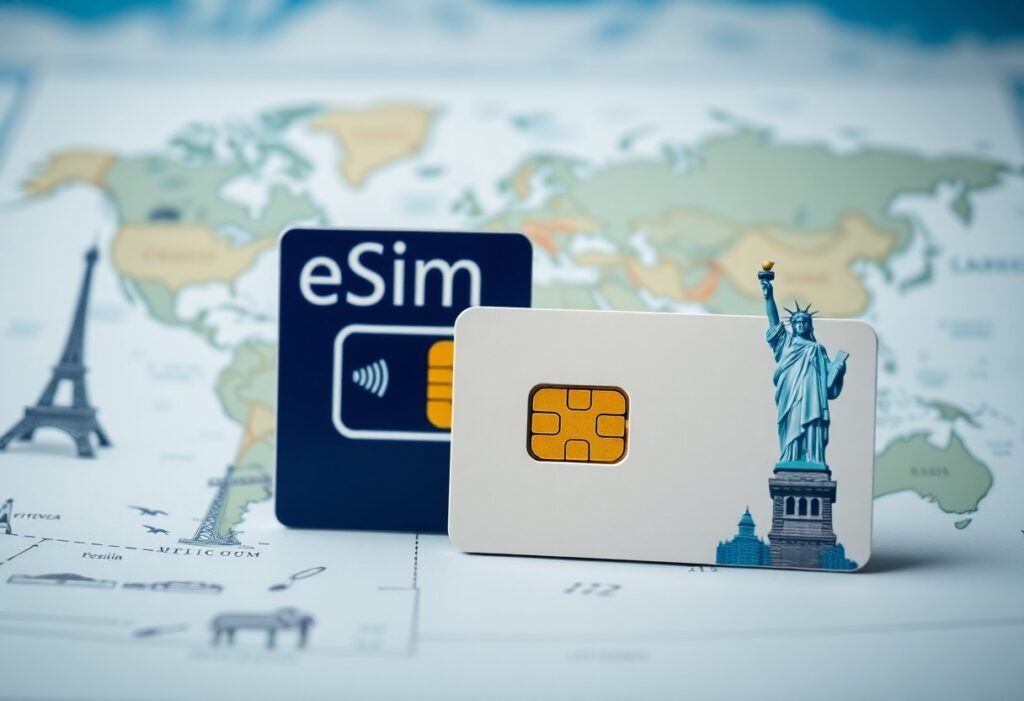
SIM cards are the gateway to mobile connectivity, especially when you’re globe-trotting. If you’re planning to travel internationally, understanding the differences between eSIM and traditional SIM cards can be necessary for a smooth experience. Each option has its advantages and disadvantages, and you’ll want to choose one that best fits your travel needs.
Traditional SIM cards are the classic choice for mobile connectivity. They are removable, plastic cards that you insert into your phone. When traveling, you can purchase a local SIM card in your destination country, which often provides you with better rates for data, calls, and texts. This way, you stay connected without incurring hefty international roaming charges. However, to switch SIMs, your phone will need to have a SIM card slot, and you’ll have to physically replace the card whenever you change networks. If your travels take you to multiple countries, this can become a hassle.
In contrast, eSIM technology is an innovative solution that eliminates the need for physical SIM cards. An eSIM, or embedded SIM, is embedded directly into your phone and allows you to download multiple carrier profiles. If your phone supports eSIM, you can switch between different carriers and plans without the need to insert or remove a physical card. This flexibility is especially useful when traveling across various countries, as you can easily connect to local networks just by downloading a plan. However, you will need to ensure that your phone is compatible with eSIM, as not all models support this technology yet.
When opting for an eSIM, you will benefit from enhanced convenience. You can purchase data plans online and activate your eSIM before you even leave home, ensuring you have immediate connectivity upon arrival. This is particularly beneficial for travelers who may need to access maps, book accommodations, or get transportation as soon as they land. Additionally, eSIMs usually allow you to maintain your home number while using a local number, which can be advantageous for business travelers or anyone who wants to stay reachable without incurring roaming fees.
However, there are some limitations to consider with eSIMs. Although they are gaining popularity, not every mobile carrier offers eSIM services. You’ll need to check if your preferred provider supports eSIMs for international travel, or if you’ll have to rely on traditional SIM options instead. Moreover, managing multiple profiles on an eSIM may require a bit of tech-savviness, so be prepared to navigate the activation process if you choose this route.
Lastly, the decision between eSIM and traditional SIM cards for global travel largely depends on your personal preferences and travel style. If you prioritize convenience and flexibility and your device supports it, an eSIM may be your best option. On the other hand, if you feel more comfortable with a traditional SIM and prefer to have a physical card, you may want to stick with that, particularly for destinations where eSIM support is limited. Ultimately, ensuring a reliable and affordable connection can make all the difference in enhancing your travel experience.
